1349 people reached on Lassi with Lavina FB page – 211 engagements – FB Insights
463 views on LinkedIn – 8 Likes
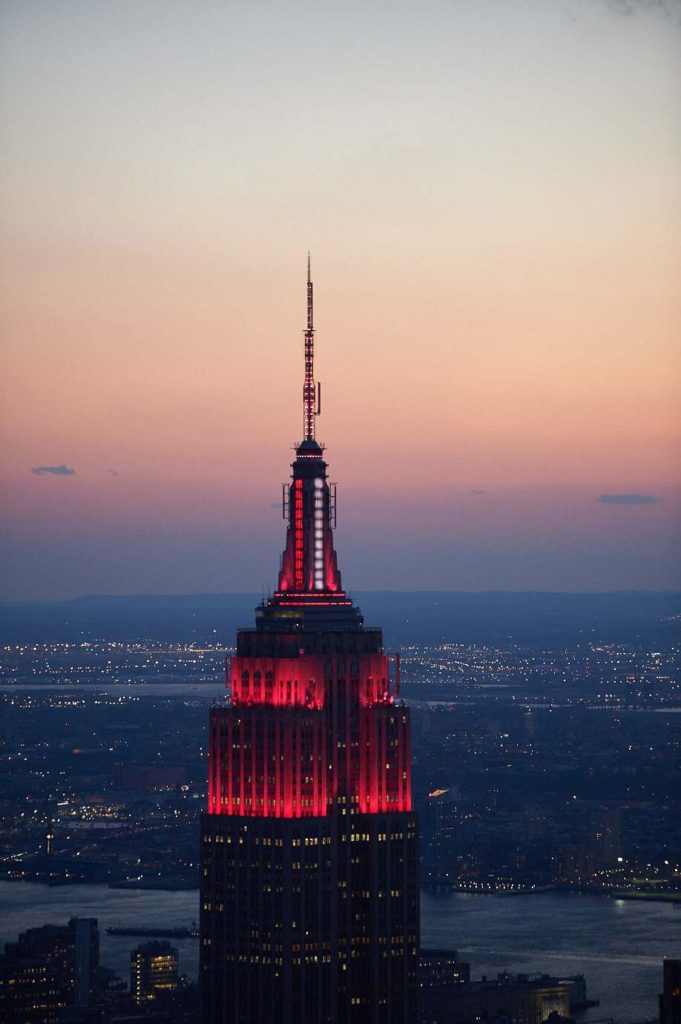
New York becomes the Epicenter of the Coronavirus Pandemic
Indian-Americans cope with the new reality
[dropcap] C[/dropcap]herry blossoms and daffodils are blooming in Central Park but the mood is far from joyful. Spring has come to New York and many of its noted tourist spots are in the news but for somber reasons: A portion of Central Park is being turned into a temporary hospital, as is the massive Jacob Javits Center which is usually the space for major trade shows and exhibitions.
The famous Aqueduct Racetrack is now being converted into a hospital; the Billie Jean King Tennis Center, which is one of the largest tennis facilities, is also being transformed into a makeshift hospital and the USNS Comfort, a huge naval ship is now stationed in New York harbor, as a virtual floating 1000 bed hospital.
According to CNN, more than 210,000 people in the United States have been infected, and at least 4,703 have died. The number of fatality reports again reached a new daily high, with more than 900 reported.
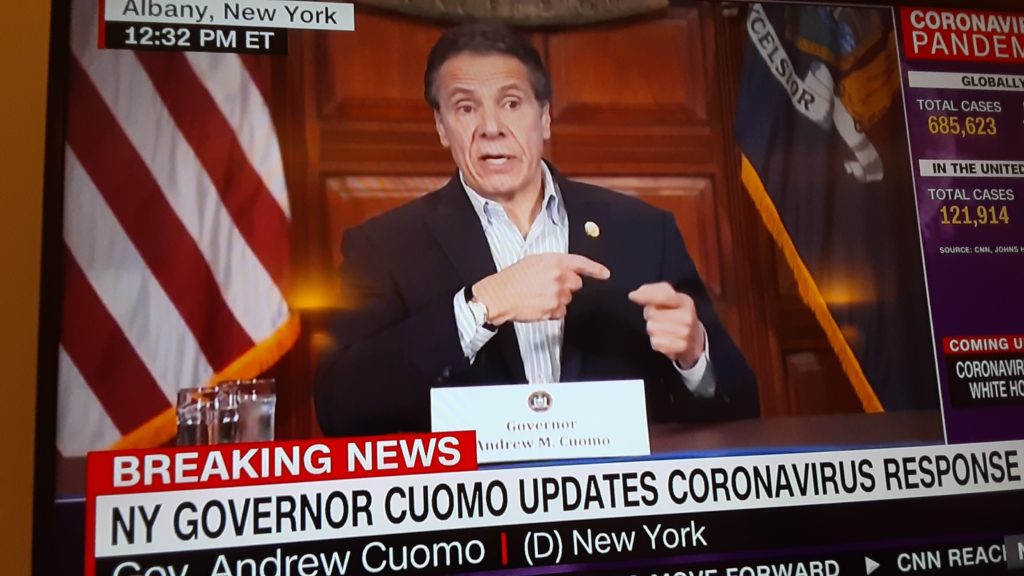
[dropcap]A[/dropcap]s New York has become the epicenter of the coronavirus pandemic, with the apex of the curve still to hit the city and with the cases and deaths multiplying in the city, scores of large spaces are now doing double duty as hospitals to deal with the massive cases yet to come. It is an anxious time in the US and the world as social and economic life comes to a standstill and there is a massive shortage of medical facilities and ventilators to face the invisible but powerful virus.
According to CNN, more than 210,000 people in the United States have been infected with coronavirus, and at least 4,703 have died. The number of fatalities again reached a new daily high, with more than 900 casualties on Wednesday.
As New York City has become the epicentre of the coronavirus pandemic in the USA, with the apex of the curve still to hit and with the cases and deaths multiplying in the city, scores of large spaces are now doing double duty as hospitals to deal with the anticipated massive rise in positive cases. It is an anxious time in the US and the world as social and economic life comes to a standstill and there is a massive shortage of medical facilities and ventilators to face the invisible but powerful virus.
The White House has projected the American death toll to go as high as 240,000 due to the pandemic.
A $ 2 trillion stimulus package was passed last week in the US to counter the challenges of the pandemic. According to the White House, The CARES Act provides economic relief for American families and businesses. This legislation will also provide assistance to healthcare workers.
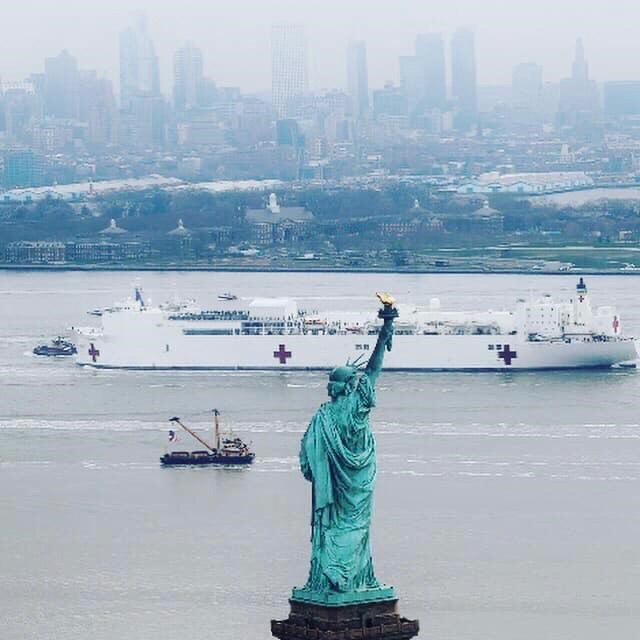
[dropcap]T[/dropcap]he coronavirus crisis has impacted the Indian-American community because so many physicians, researchers, nurses and other healthcare workers are of Indian origin. One of the most affected hospitals was Elmhurst Hospital, a public hospital large in Queens which has a large population of immigrants, including many South Asians.
Deaths are now happening within the community and almost everyone knows someone who has tested positive or has been lost to the disease. There was great angst in hearing about the passing of iconic chef Floyd Cardoz who had checked himself into hospital with fever and a dry cough. He had just returned from India where he had started a new restaurant, the Bombay Sweet Shop. A week later he passed away at the age of 58.
As the city comes to grips with what seems to be the new normal, Indian-Americans have also been affected in other fields as well, such as the hospitality industry, trucking and small businesses. From hotels, motels to restaurants and grocery stores, so many Indian-Americans are involved in the service industry. Everything has come to a standstill and people are trying to find solutions and coping mechanisms.
The National Restaurant Association states 15.6 million people work across 1 million restaurants in the United States. Seventy-eight percent of the nation’s restaurants are independently owned and operated, and annual sales of $899 billion were projected this year.
According to Eater magazine, now sales are expected to decline by $225 billion during the next three months. “I don’t think we can underestimate the significance of how this industry is going to affect the overall economy,” says Aaron Adalja, an assistant professor of food and beverage management at Cornell’s School of Hotel Administration.
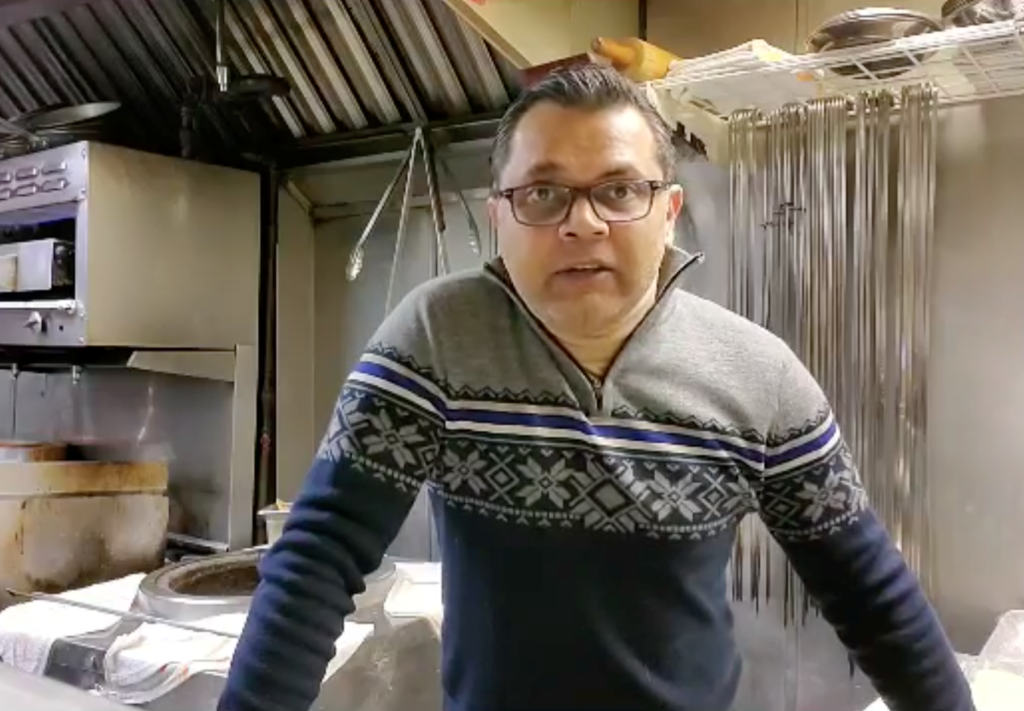
[dropcap]T[/dropcap]he restaurant business has definitely suffered – and with it many Indian immigrants and Indian-Americans, from restaurant owners to chefs and kitchen workers and delivery boys. Right now some of the restaurants are open for delivery and takeout but others are not.
Arun Mirchandani of The Drunken Munkey has not opened for delivery yet out of deference to his staff and concerns for their safety. “As far as small businesses go, we have probably taken the biggest hit,” he says. “It may take time for volume to ramp up again, for people to get comfortable being in a social environment and who knows how this is going to unfold. There is going to be a fundamental change in the dynamics of the industry.”
Being in the hospitality business, he is looking at ways of how to adapt in the post-coronavirus world: “The good news is that employee retention laws are coming from the federal government, as well as small business loans – we’re going to act on that as well.”
Some restaurants like Chaiwali, Junoon, and Adda have started GoFundMe support for their workers, many of whom are daily wage earners without savings to see them through this rough period. The federal assistance is on its way but for many workers who live paycheck to paycheck, there is immediacy to their financial woes.
“This means, most hourly wage workers in America will be unemployed and some of them won’t even qualify for unemployment,” says Roni Mazumdar who started a GoFundMe for his workers. “These workers are a cornerstone of our neighborhoods and city. Goes to show how fragile most of our lives are — in less than a week we went from packed houses to layoffs.”
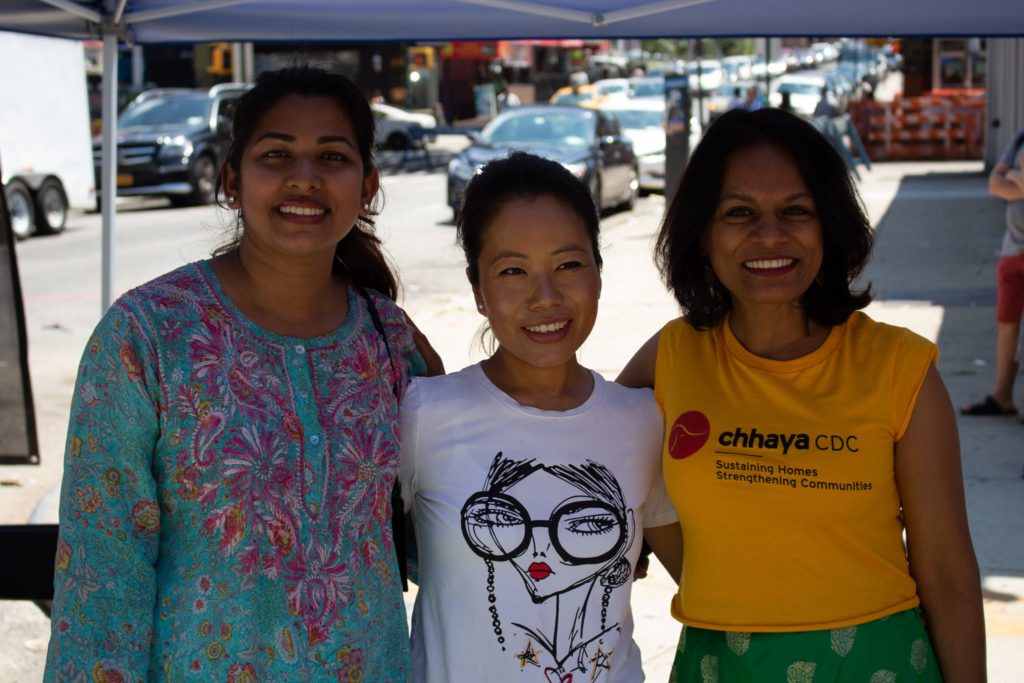
[dropcap]I[/dropcap]ndeed, several south Asians are in low-paying jobs and their lives are in jeopardy as rents and mortgages become due with no way to pay them. According to Annette Seecharan, Executive Director of Chhaya Community Development Corporation, there have been mass layoffs of many low wage workers. She points out that many who work as domestic help or in nail salons and in restaurants are often undocumented and not eligible for government help
“I’ve already experienced substantial loss of income and many of these individuals actually have little savings to buffer them in these difficult times. So, we are anticipating food security and housing stability issues,” she says.
As New York grapples with coronavirus even as it spurts up in other states, the new normal is being alone together. There are also acts of kindness – health workers are going above and beyond the call of duty to hold the hand of dying patients who cannot even have a family member near them; institutions and individuals are preparing meals to deliver to the older population, to the vulnerable and the needy schoolchildren. Cultural organizations are uplifting and motivating New Yorkers by providing free online treats and inspiration,
The Empire State building is lit up in bright ambulance red lights every day to salute the emergency health workers and every evening at 7 pm ordinary citizens in isolation clap and cheer for these new heroes. For New Yorkers, as for the rest of the world, it’s a time of waiting, watching – and cleaning their hands over and over again.
(This was first published in my weekly column India in America in CNBCTV18.com)
Related Articles

New York in the Time of Coronavirus

Losing Chef Floyd Cardoz to Coronavirus


1 Comment
Pingback: | Lassi With Lavina